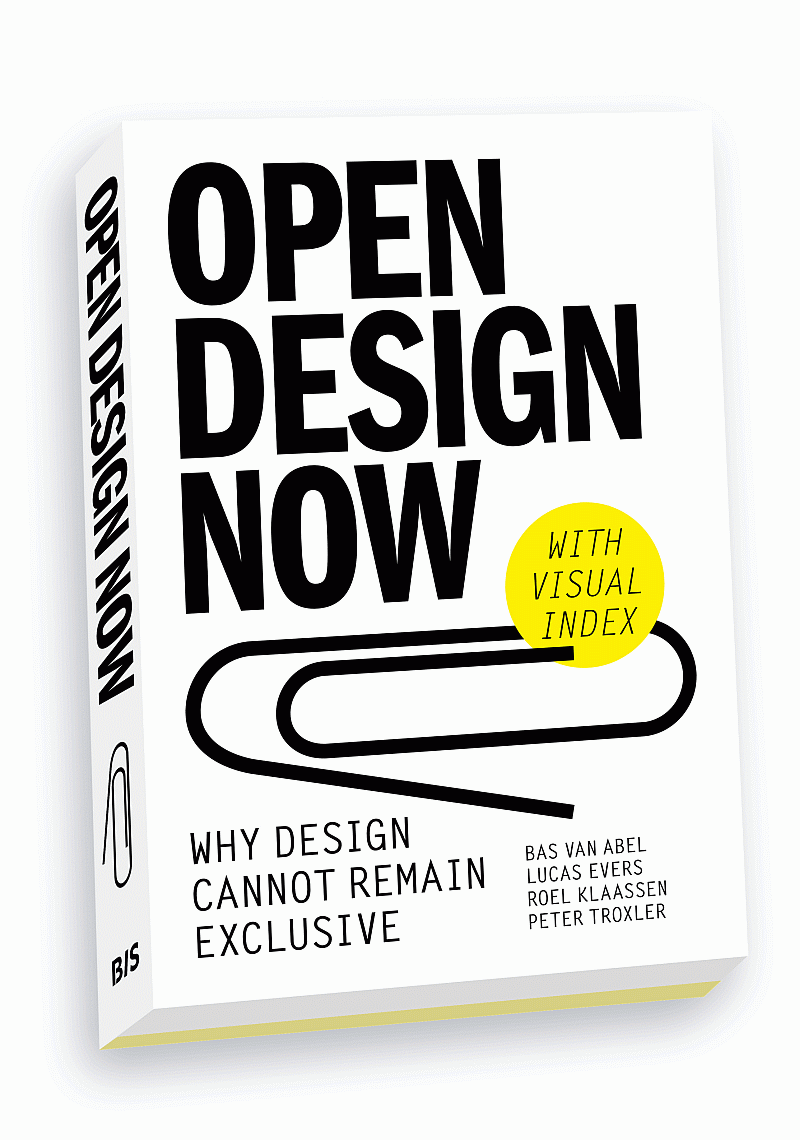OPEN DESIGN
The open design concept could be traced back to the open-source software movement, but are implemented for the development of physical products rather than software. The term first appeared at the end of the last century with the founding of the non-profit Open Design Foundation (ODF). Open design is defined as design whose makers allow its free distribution and documentation and permit modifications and derivations of it1. It is a form of co-creation, where the final product is designed by the end users. The open design movement currently unites two trends. On one hand, people apply their skills and time on projects for the common good. On the other hand, open design may provide a framework for developing advanced projects and technologies that might be beyond the resource of any single company or country and involve people who, without the copyleft mechanism, might not otherwise collaborate. Newer developments also include the use of high-tech open-source (e.g. 3D printing) but customised local solutions for sustainable development2.
1Bas van Abel ... et al (eds.) Open Design Now: Why design cannot remain exclusive. Amsterdam, The Netherlands: BIS Publishers, 2011.
2J. M Pearce, C. Morris Blair, K. J. Laciak, R. Andrews, A. Nosrat and I. Zelenika-Zovko, “3-D Printing of Open Source Appropriate Technologies for Self-Directed Sustainable Development”, Journal of Sustainable Development 3(4), pp. 17-29 (2010).


